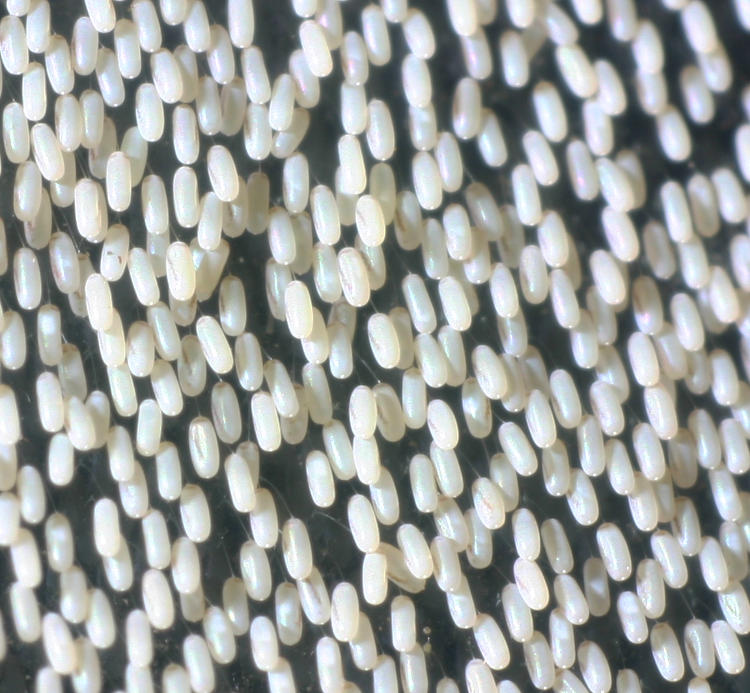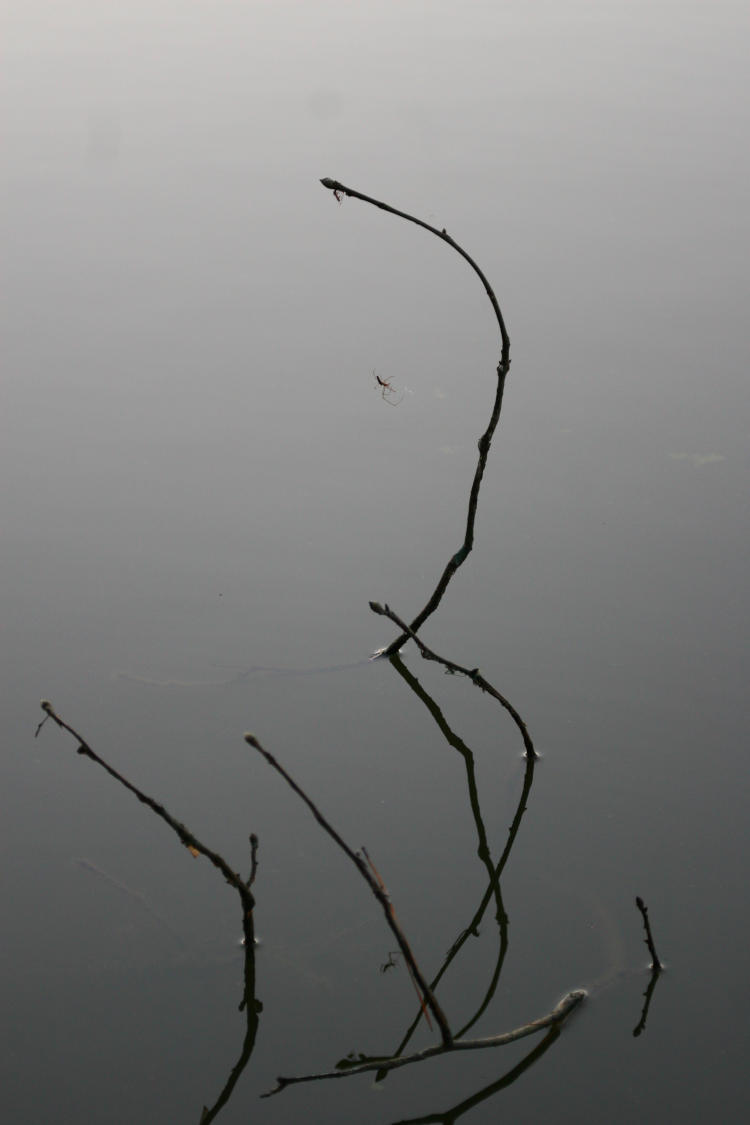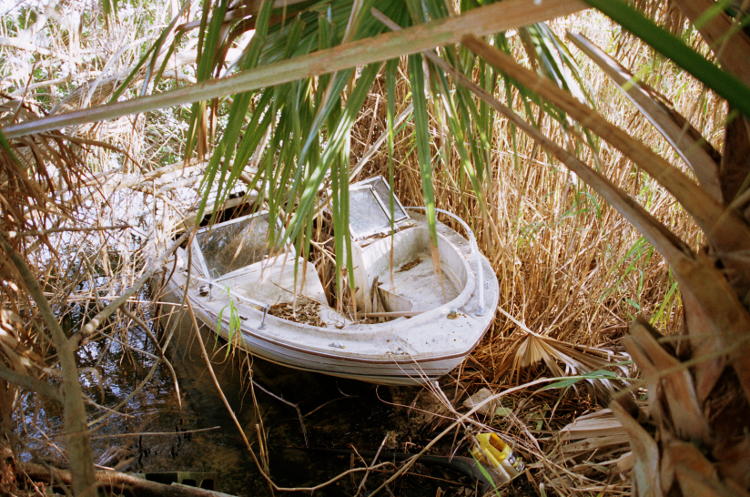Naming this post that probably wasn’t the best idea, because it immediately makes me think of the song by Johnny Mathis, which predates me significantly, but was one that my mother liked (I think – memory may be bad.) I thought it was older than it is, but it was released in 1957 which is well after the time period my parents’ would have found it most influential, and in fact they were married and had their first kid by then. Maybe the second kid (not me) was conceived to it…
But that’s not what I’m here to talk about. Instead, it’s one of those thought experiments that I’m prone to at times – which may make it even more nonsensical than the paragraph above. You have been warned.
There’s a bit of trivia that pops up from time to time along the lines of, “Every time you shuffle a deck of cards, it’s almost certain that the card order produced has never been seen before, ever,” or something along those lines – it is often expressed even more definitively. The basic premise is, the number of possible combinations from a standard 52 card deck is a huge number, and well exceeds the number of times that cards may have been shuffled throughout the history of the standard deck. And it’s wildly misleading at best, but in any wording similar to the above, it’s dead wrong. This becomes an illustration of randomness, or the lack thereof.
We’ll start with, the mathematical idea of how many possible combinations there are assumes that the order starts with one card randomly chosen from a deck, then another from the remaining, and on until there’s only one left. Which is certainly not the way that anyone shuffles cards at all. As an example, we’ll just use the most common method, which probably has a name but unless you work at a casino you don’t know it either, so there’s no use looking it up. The deck is split into two roughly even piles, held in either hand slightly bowed, and then overlapped slightly and ‘fanned’ together by releasing the cards one at a time (more or less) so that the cards in two portions of the deck alternate into one complete deck again. This is a hell of a lot easier to show you than to write out, but I’m going to assume that you get the idea and move on.
The first point of failure in this randomization exercise (which is what shuffling is intended to produce) is the starting point. Almost all decks ship with the cards in numerical/value order, within suits or not, so far from random. The act of splitting the deck takes place with the intention of having a nearly matching number of cards among both hands, so the deck is very likely split within, say, five cards of smack in the middle (26 in either hand.) In the case of a deck shipped by suits, this means that either hand has nearly two full suits in it, still in order, and fanning them together actually produces an order more like two suits interspersed – two aces, then two kings, two queens, and so on. The order would be slightly less coherent if the either deck was shipped in numerical order instead of suits, since it would likely place cards from the middle of the deck (like 7s or 8s) alongside the end of the deck (2s or Aces,) yet still dependably close to those orders.
If the shuffles were perfect – as in, perfectly alternating cards following a perfect split – then with two shuffles the deck would be returned to the exact same order that it started from! Granted, the chances of two perfect shuffles are low, but way the hell higher than “never again in the universe” or whatever completely random concept has been proposed. In fact, with practice, you could probably do this almost dependably, and I imagine that this technique has been exploited more than once out there, given how often people equate playing cards with gambling.
“But all that only applies to a brand new deck,” you may have (correctly) protested. Though if we consider how cards are usually played, the gathering of similar cards in some kind of order (values/suits) is the goal of most games, so even picking up a well-played deck that you’ve never handled before gives a very good chance that the cards therein are in some kind of order, or close to it. Most shuffling methods won’t completely randomize these at all, and if it’s an even number of shuffles, there remains a notable chance that it only switched around a few cards within. The cut is what assists this, breaking the deck into two after a shuffle and reversing their order, but this only produces two smaller decks in rough order, and the cut usually takes place near the center of the deck anyway – again, far from a ‘random’ location. This means that the closest that we can get to the premise in normal circumstances is to repeatedly shuffle and cut the deck (avoiding the middle) without ever playing it. Which is not how the vast majority of decks are handled, so again, we’re subverting the idea that this applies to all decks, everywhere.
Casinos know this, by the way. They typically use several decks in a single shoe, and the shuffle (which cannot be done with that many cards at once) takes place between ‘half-decks’ taken from already shuffled and unshuffled portions, while the final ‘cut’ (by a player at the table) is done among a much broader span, so far less chance of finding the perfect middle. Before the shoe is more than half empty, the cards are shuffled again. Mostly, this is to prevent card counting, the technique of remembering what’s already appeared and thus knowing what still remains to be played from the deck, allowing a faint statistical edge. It may seem trivial, but players have used this to their advantage hundreds, if not thousands, of times.
There are other factors to be considered as well. A slightly weaker card, more easily bent than the others, will almost always fall directly alongside the same card it was already in order with because it negates that little resistance than we rely on for shuffling, slapping down as two when we only intended one. Wear on the edges of the cards does the same thing. I know that when I’m shuffling, the last card from the right hand virtually always falls on the top – why I don’t know, but there it is, and I imagine that I’m not the only one.
Now, in defense of the premise, all that’s required is for one card in any location to break a pattern and produce a ‘unique’ deck order, which is easy enough to do. However, the chances for cards to be in any kind of order exponentially increase the odds that the same deck has appeared multiple times, and the chances of order, while not high per se, are much higher than that implied by the premise.
There are two things that this demonstrates. The first is that mathematics is only an abstract, and its application to real-world conditions can be very haphazard. The second is that the real world variables always have to be taken into consideration, and these are rarely ‘random’ – it’s not even clear that such a thing actually exists, or if the laws of physics dictate that a specific set of conditions must take place (our ability to know and predict this order would be exceptionally difficult and may remain forever out of reach, however.) The application of numbers to any given circumstance always has a degree of uncertainty, and nothing is ever 100% accurate.
So did your last card shuffle produce a pattern never before seen in the universe? Possibly, but don’t bet on it.





















































 If you recall, there’s this thin, ‘outer shadow’ of the Earth during an eclipse, because of geometry. A light source larger than the object that creates a shadow will have thinner outer edges but a darker cone in the center; the outer edges are the penumbra, and the center cone the umbra. For a lunar eclipse, the penumbra isn’t too noticeable because the light isn’t reduced very much, less than the normal contrast between the highlands and mares of the moon itself. But when I overexposed the image above, I brought out the distinctions a bit better, and what I took to be simply the indistinct edges of the umbra turned out to be the more-visible penumbra – you can actually see the curved edge of it before the moon is bleached pure white. Here’s the same image, but after I dropped the mid-tones a little more:
If you recall, there’s this thin, ‘outer shadow’ of the Earth during an eclipse, because of geometry. A light source larger than the object that creates a shadow will have thinner outer edges but a darker cone in the center; the outer edges are the penumbra, and the center cone the umbra. For a lunar eclipse, the penumbra isn’t too noticeable because the light isn’t reduced very much, less than the normal contrast between the highlands and mares of the moon itself. But when I overexposed the image above, I brought out the distinctions a bit better, and what I took to be simply the indistinct edges of the umbra turned out to be the more-visible penumbra – you can actually see the curved edge of it before the moon is bleached pure white. Here’s the same image, but after I dropped the mid-tones a little more:
 And then, because I’m me, I stopped typing right here and went back into GIMP with two of the images used previously, to do a comparison between them with an animated gif (pronounced, “gez-OON-tite.”) These two show the moon just before entering the penumbra (so, “full,”) and just before entering the umbra. Shown together this way, it’s a little easier to see that the penumbra is larger than the images above seem to indicate, but the edge distinction is a lot vaguer. There are slight variations in the exposures between the two images, so this isn’t a precise comparison, but it does seem that the penumbra extends past Tycho here.
And then, because I’m me, I stopped typing right here and went back into GIMP with two of the images used previously, to do a comparison between them with an animated gif (pronounced, “gez-OON-tite.”) These two show the moon just before entering the penumbra (so, “full,”) and just before entering the umbra. Shown together this way, it’s a little easier to see that the penumbra is larger than the images above seem to indicate, but the edge distinction is a lot vaguer. There are slight variations in the exposures between the two images, so this isn’t a precise comparison, but it does seem that the penumbra extends past Tycho here.



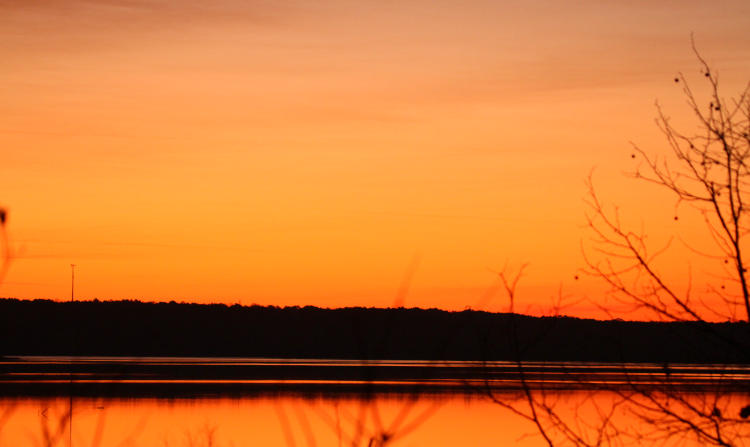



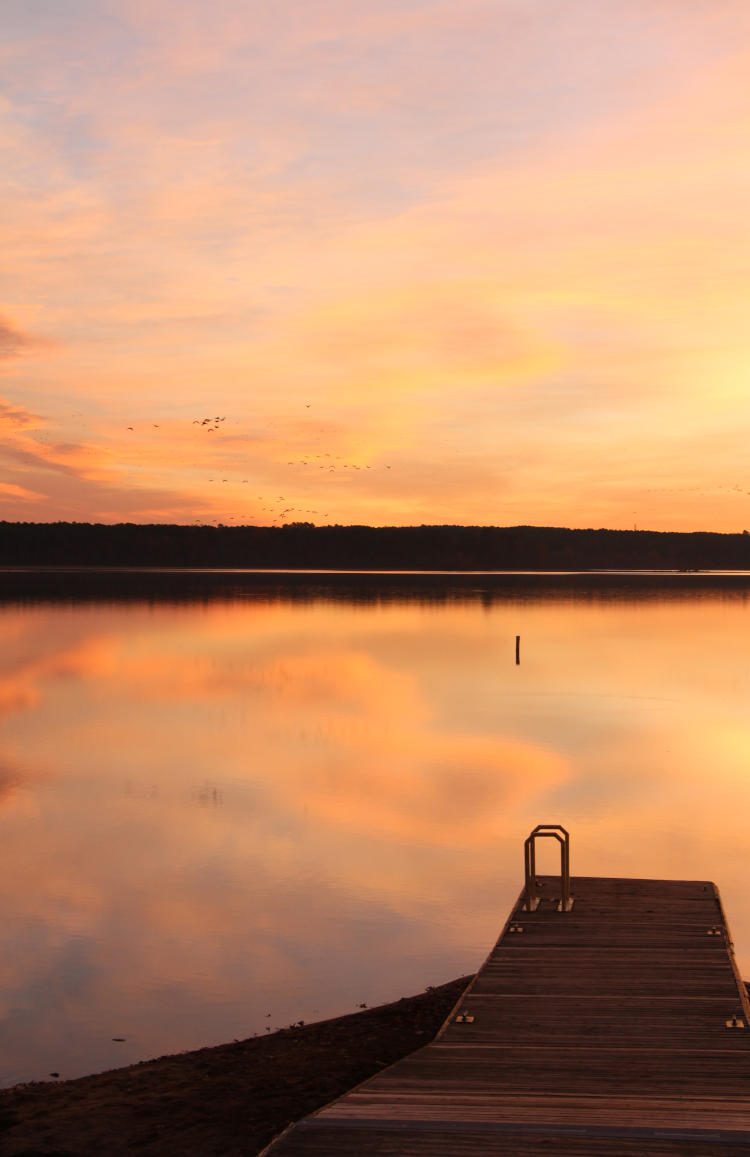

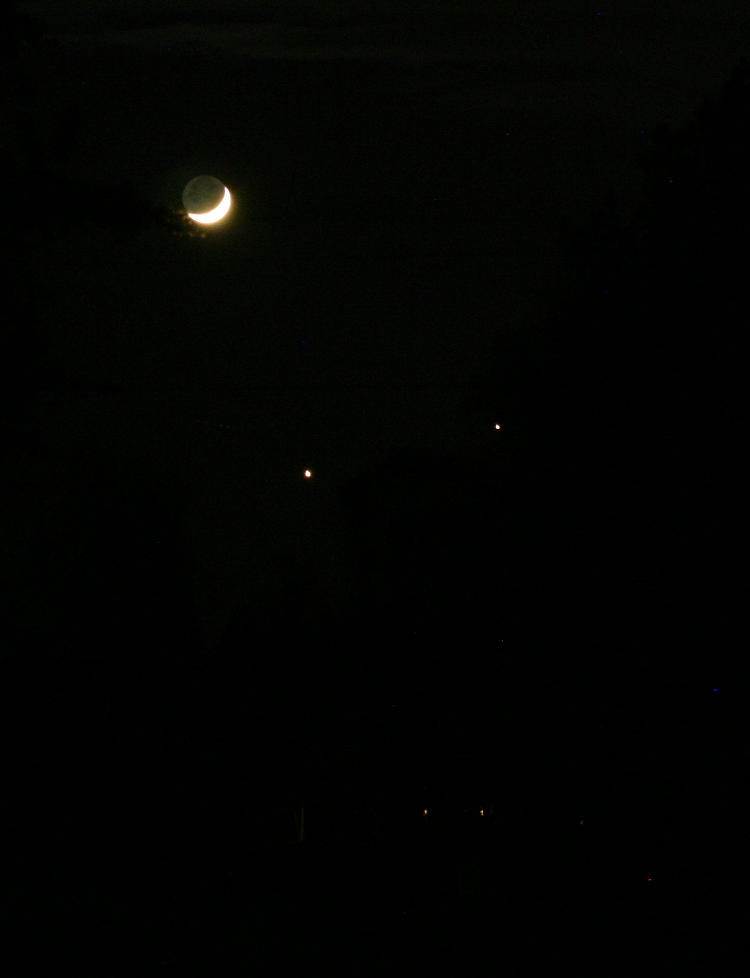
 A
A 
